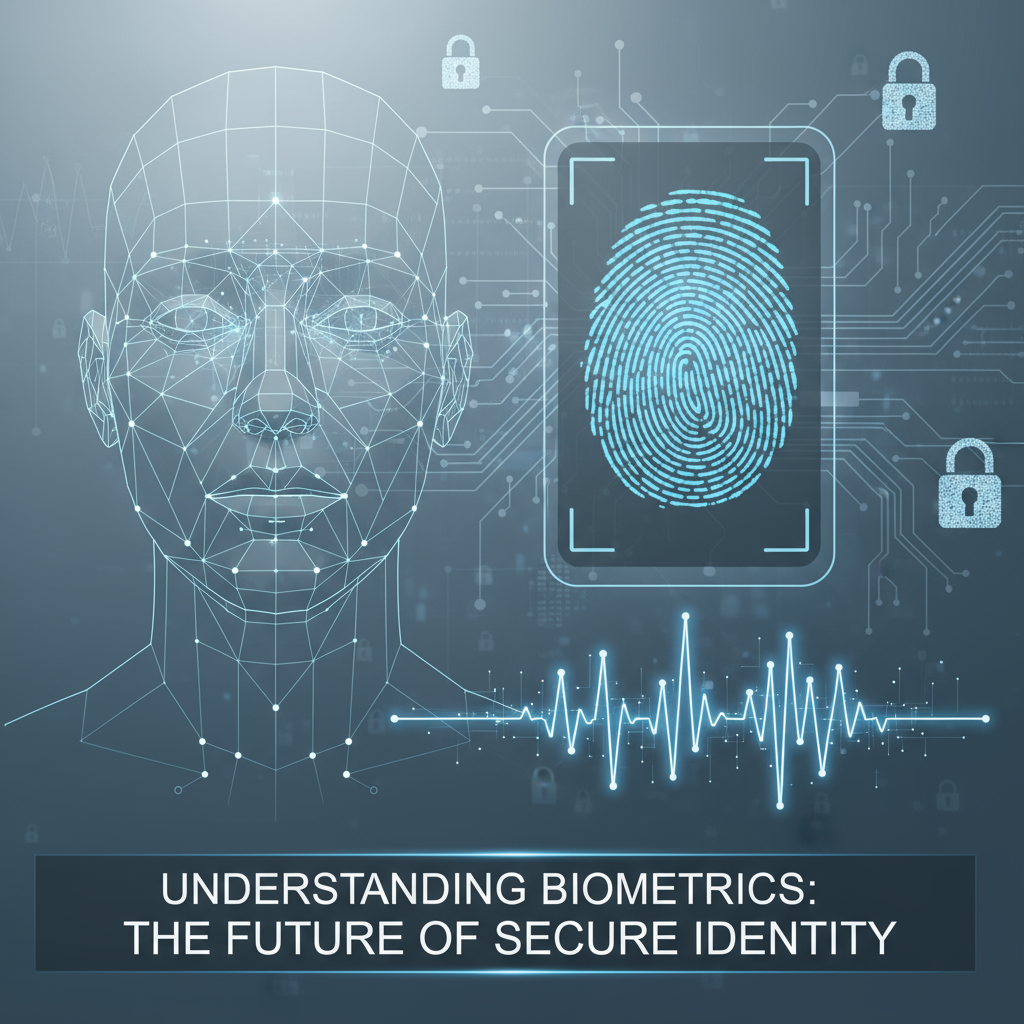In today’s digital-first world, security is one of the top concerns for organizations and individuals alike. As businesses shift operations to the cloud, protecting sensitive data and managing identity access becomes more complex. Traditional security methods like passwords and PINs are proving to be outdated in the face of advanced cyberattacks.
This is where biometric technology combined with cloud computing is creating a major shift in the security landscape. Cloud-based biometric authentication not only strengthens protection but also brings convenience, scalability, and future-ready innovation.
The Rise of Cloud-Based Biometric Solutions
Biometric technology, which uses unique human traits such as fingerprints, facial recognition, or voice patterns, has been around for years. But now, it’s moving into the cloud through Biometrics-as-a-Service (BaaS) models.
Cloud-based biometrics eliminate the need for on-premise infrastructure and allow organizations to adopt authentication solutions more quickly and at lower costs.
Key Benefits of Cloud Biometrics:
- Rapid deployment – Easily integrated into applications without heavy infrastructure setup.
- Scalability – Handles millions of identity verifications across different locations.
- Cost efficiency – Pay-as-you-go pricing models reduce upfront expenses.
Industries such as banking, retail, healthcare, and government are adopting cloud biometrics to secure transactions, verify identities, and enhance user experience.
How Biometrics Enhance Cloud Security
Passwords are weak links in modern security. They can be stolen, reused, or guessed. Biometrics, however, offer a more reliable alternative because they are unique to each individual.
Advantages Over Traditional Security:
- Passwordless authentication – Users don’t need to remember or reset credentials.
- Higher accuracy – Identity verification through face, fingerprint, or voice is harder to fake.
- Seamless integration with Zero Trust frameworks – Ensuring “never trust, always verify” principles in cloud environments.
For organizations managing sensitive workloads in the cloud, biometrics bring both stronger security and better user convenience.
Addressing New Security Challenges with Cloud Biometrics
Even as biometrics make systems more secure, new challenges are emerging in the cloud environment.
- Non-Human Identities (NHIs): Machines, bots, and IoT devices now request access to cloud resources, creating new risks.
- AI-driven attacks: Technologies like deepfakes can attempt to fool facial or voice recognition systems.
- Social engineering threats: Attackers may manipulate individuals to bypass security layers.
To counter these risks, cloud biometric systems must include:
- Continuous monitoring of biometric data and access attempts.
- Anomaly detection powered by AI to spot unusual login behavior.
- Adaptive authentication, where extra verification steps are triggered if risk levels are high.
Innovations Shaping the Future of Cloud Biometrics
The future of cloud biometrics is being shaped by advanced innovations that make systems smarter and more reliable.
- Multi-modal biometric systems: Combining fingerprints, facial recognition, and voice to increase accuracy and reduce spoofing risks.
- AI and machine learning: Constantly improving matching algorithms to detect fraudulent attempts.
- IoT integration: Smart devices using biometric authentication for everything from workplace entry to secure online transactions.
Together, these advancements are ensuring that biometric authentication is not only strong but also adaptive to evolving threats.
Privacy and Compliance Considerations
With biometric technology, privacy is a major concern. Unlike passwords, biometric data cannot be changed if compromised. This makes protecting biometric information in the cloud absolutely critical.
Key Privacy Challenges:
- Storing and transferring biometric data safely.
- Ensuring compliance with regulations like GDPR, CCPA, and local data protection laws.
- Managing user consent and transparency.
Best Practices for Cloud Biometric Security:
- Encryption: Protecting biometric data during storage and transmission.
- Data minimization: Collect only what’s necessary.
- Retention policies: Do not store biometric data longer than required.
- Secure consent mechanisms: Ensure users know how their data will be used.
Organizations must adopt strong governance measures to balance security and privacy.
Real-World Use Cases and Success Stories
Cloud biometrics are no longer futuristic — they are already transforming industries worldwide.
- Banking & Finance: Biometric login for mobile banking apps reduces fraud and improves customer trust.
- Retail: Cloud-based biometric payment systems make checkout faster and more secure.
- Government: Voter verification and national ID systems powered by cloud biometrics enhance transparency and security.
- Remote Workforce Management: Companies secure remote employee access with facial and fingerprint authentication.
These real-world cases show how cloud biometrics prevent fraud, increase efficiency, and improve the user experience.
Conclusion
Biometric technology in the cloud is reshaping the security landscape. By replacing passwords with unique identifiers and leveraging the scalability of cloud services, organizations gain stronger, smarter, and more user-friendly security systems.
As AI, machine learning, and IoT integration advance, cloud biometrics will only become more powerful. However, privacy and compliance must remain top priorities to build trust.




